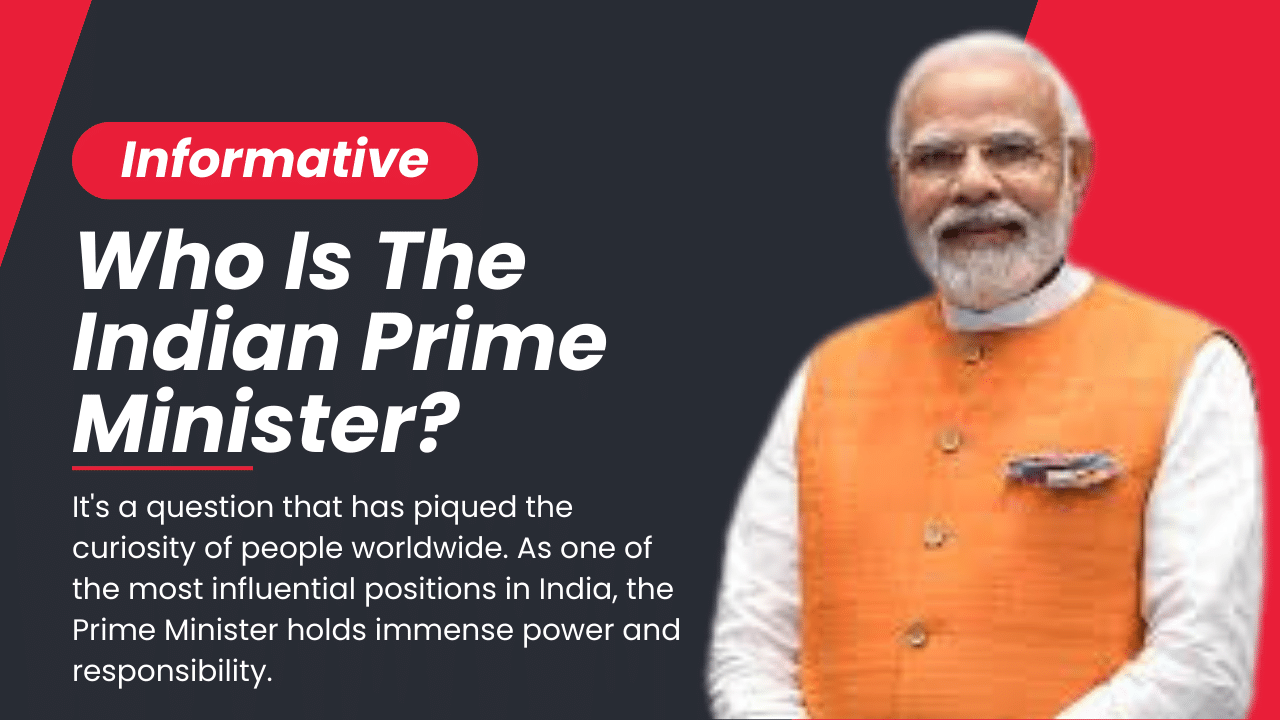Introduction to the Indian Prime Minister
Who is the Indian Prime Minister? It’s a question that has piqued the curiosity of people worldwide. As one of the most influential positions in India, the Prime Minister holds immense power and responsibility.
But how did this position come to be, and what does it entail? Join us as we delve into the history, role, and current affairs surrounding the Indian Prime Minister.
From past leaders to the incumbent, we’ll explore their achievements, controversies, and what lies ahead for this pivotal figure in Indian politics. So please grab a cup of chai and embark on this fascinating journey together!
History of the Position
The position of the Indian Prime Minister has a rich and fascinating history that spans over seven decades. It all began on August 15, 1947, when India gained independence from British rule.
Jawaharlal Nehru became the country’s first Prime Minister and set the precedent for future leaders.
Nehru served as Prime Minister for seventeen years, from 1947 to 1964. His vision marked his leadership for a modern and progressive India. He focused on nation-building, industrialization, and promoting social welfare programs during his tenure.
After Nehru died in 1964, Lal Bahadur Shastri became Prime Minister. He faced numerous challenges during his brief term but is remembered for leading India through the Indo-Pakistani War of 1965.
Indira Gandhi, Nehru’s daughter, held the position of Prime Minister from 1966 to 1977 and again from 1980 until her assassination in October 1984.
She played a pivotal role in shaping India’s political landscape but faced criticism for imposing a state of emergency in the mid-1970s.
Several other notable leaders have held the prestigious position since then including Rajiv Gandhi (1984-1989), Atal Bihari Vajpayee (1998-2004), Manmohan Singh (2004-2014), and now Narendra Modi who assumed office in May 2014.
Each prime minister has left their mark on Indian politics with their unique leadership styles and policy decisions. These leaders have shaped modern-day India, from economic reforms to foreign policies to social initiatives.
As we reflect on this history filled with triumphs and challenges alike; it serves as a reminder of how far India has come since gaining independence.
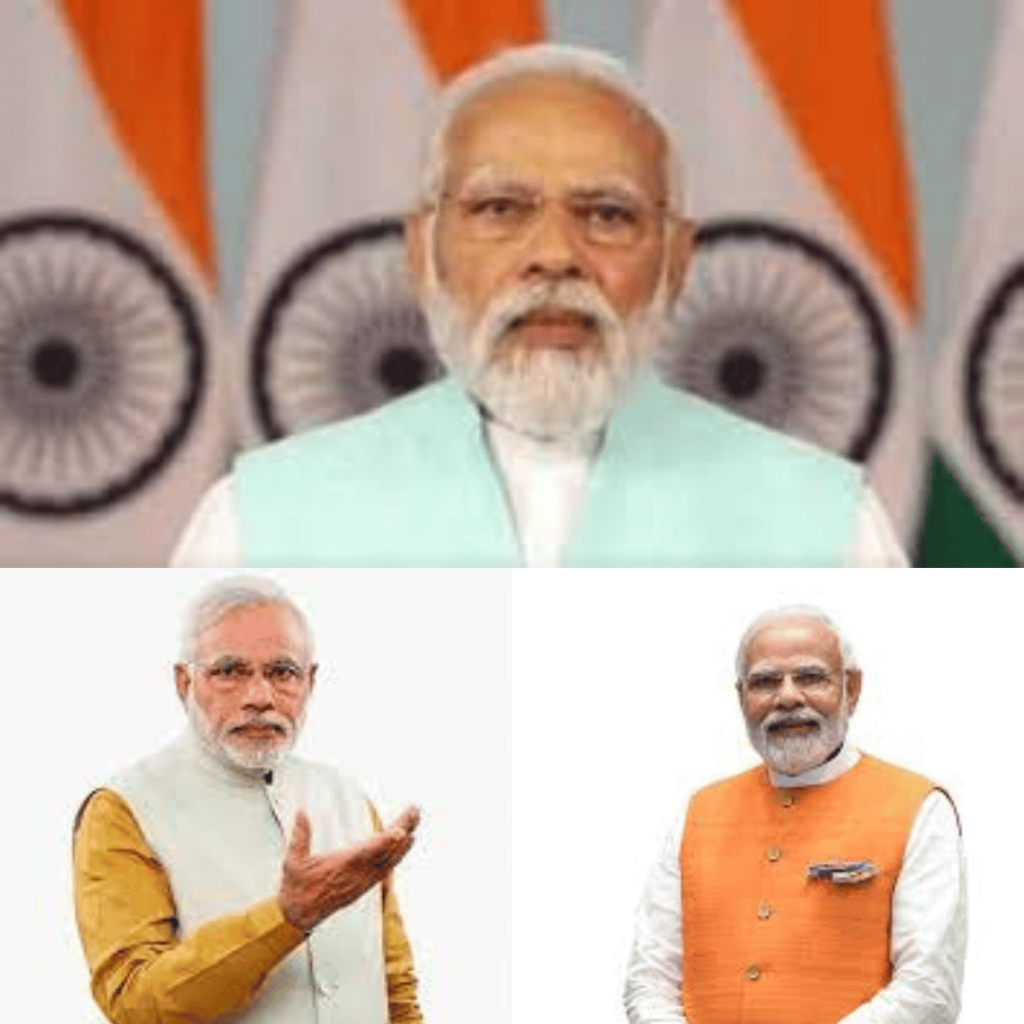
The position of Indian Prime Minister continues to evolve with each new leader bringing their ideas and aspirations for the country’s future growth and development.
Role and Responsibilities of the Indian Prime Minister
The role and responsibilities of the Indian Prime Minister are crucial in shaping the nation’s policies, governing its diverse population, and representing India on national and international platforms. The Prime Minister holds significant power and influence as the head of government.
One primary responsibility is to lead the Council of Ministers, which involves making critical governance, administration, and legislation decisions. The Prime Minister acts as a bridge between various ministries and ensures effective coordination.
Another vital aspect is maintaining law and order in the country. The Prime Minister is pivotal in dealing with internal security challenges by overseeing intelligence agencies, law enforcement bodies, and defence forces.
Furthermore, diplomacy forms an integral part of their duties. The Prime Minister represents India at global forums like United Nations General Assembly meetings or G20 summits. They engage in diplomatic negotiations with other countries to foster economic partnerships and address conflicts or disputes peacefully.
Additionally, promoting socio-economic development is essential for any Indian Prime Minister. By initiating policies focusing on poverty alleviation programs, infrastructure development projects, or technology advancements – they strive towards inclusive growth across different sectors.
Last but not least is being accountable to Parliament through regular interactions such as Question Hour sessions or debates on national issues. This transparency promotes democratic values whilst providing checks and balances within the system.

Troubleshooting Apple Music: Dolby Atmos Not Functioning or Appearing? (Try These)
In conclusion,
the position of Indian Prime Minister carries immense responsibilities ranging from policy-making to diplomatic engagements.
Through their leadership qualities coupled with dedication towards nation-building,
prime ministers play a pivotal role in steering India towards progress
and ensuring its place as a global player on various fronts
List of Past and Present Indian Prime Ministers
India has had a long and diverse list of individuals who have held the prestigious position of Prime Minister. From the country’s independence in 1947 to today, Indian politics has seen leaders from different backgrounds and ideologies take on this crucial role.
Jawaharlal Nehru, India’s first Prime Minister, served from 1947 until he died in 1964. He played a pivotal role in shaping India as a democratic nation and laid the foundation for its development.
Prominent figures like Indira Gandhi, Rajiv Gandhi, Atal Bihari Vajpayee, Manmohan Singh followed Nehru.
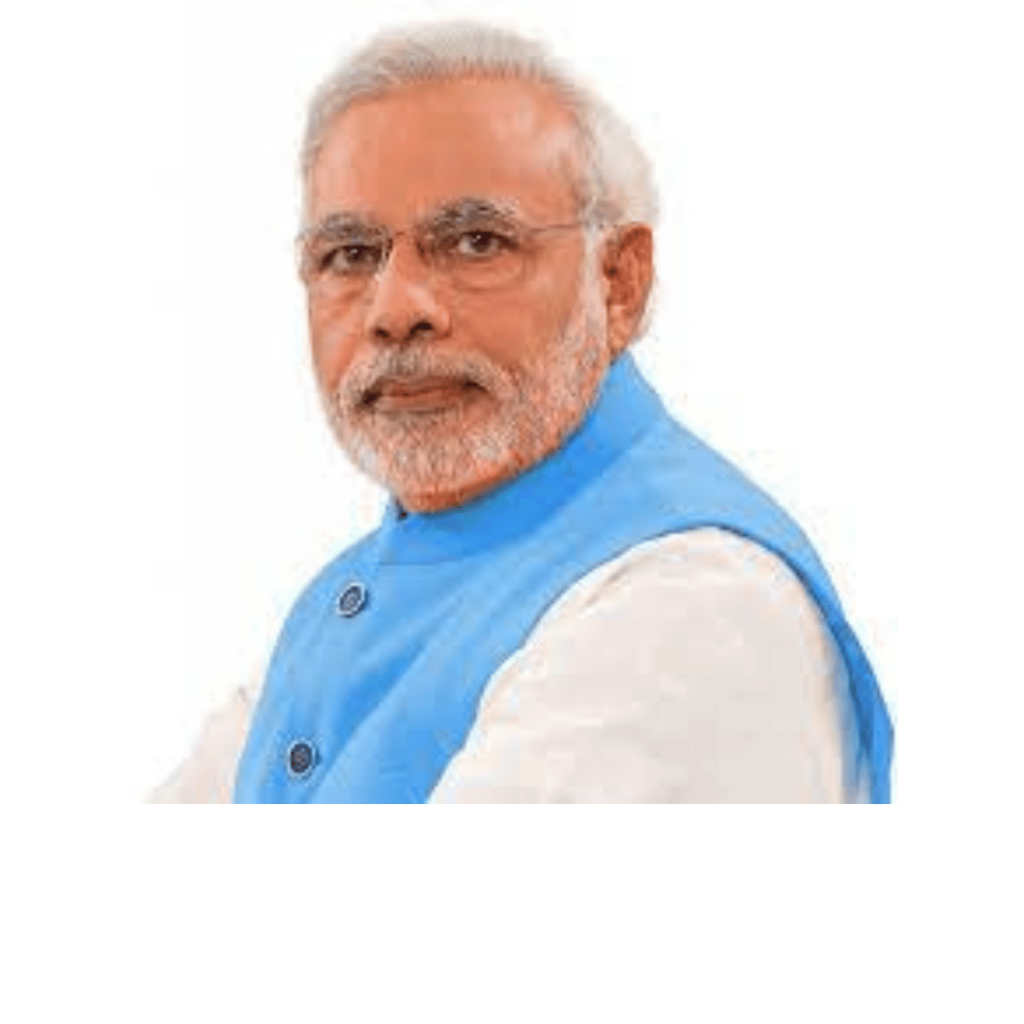
Role and Responsibilities of the Indian Prime Minister
Each Prime Minister brought a unique perspective to governance and faced various challenges during their tenure. Some focused on economic reforms while others emphasized social welfare programs or foreign policy initiatives. The diversity among these leaders reflects the vibrant nature of Indian democracy.
Presently, Narendra Modi has been serving as the Prime Minister of India since May 2014 after winning a landslide victory for his party – Bharatiya Janata Party (BJP). Modi has been known for his strong leadership style and ambitious reform agenda.
His policies such as “Make in India” and “Digital India” aimed at boosting economic growth and modernizing infrastructure.
However, it is essential to note that every Prime Minister faces achievements and controversies during office.
Through these trials, leaders are tested; they must navigate complex political landscapes while striving to address the needs of their nation.
Looking towards the future, there will undoubtedly be new names added to this illustrious list as Indian democracy continues to evolve.
The role of an Indian Prime Minister encompasses immense responsibility but also provides opportunities for visionary leadership that can shape not only India’s destiny but also its place on the global stage.
Narendra Modi: The Current Indian Prime Minister
Narendra Modi, the 14th and current Prime Minister of India, has been serving in this position since May 2014. Born on September 17, 1950, in Vadnagar, Gujarat, he started his political journey as a member of the Rashtriya Swayamsevak Sangh (RSS) before joining the Bharatiya Janata Party (BJP).
Modi’s rise to power can be attributed to his charismatic leadership and robust nationalist agenda. He is known for his dynamic personality and practical communication skills that have garnered him a massive following both within India and abroad.
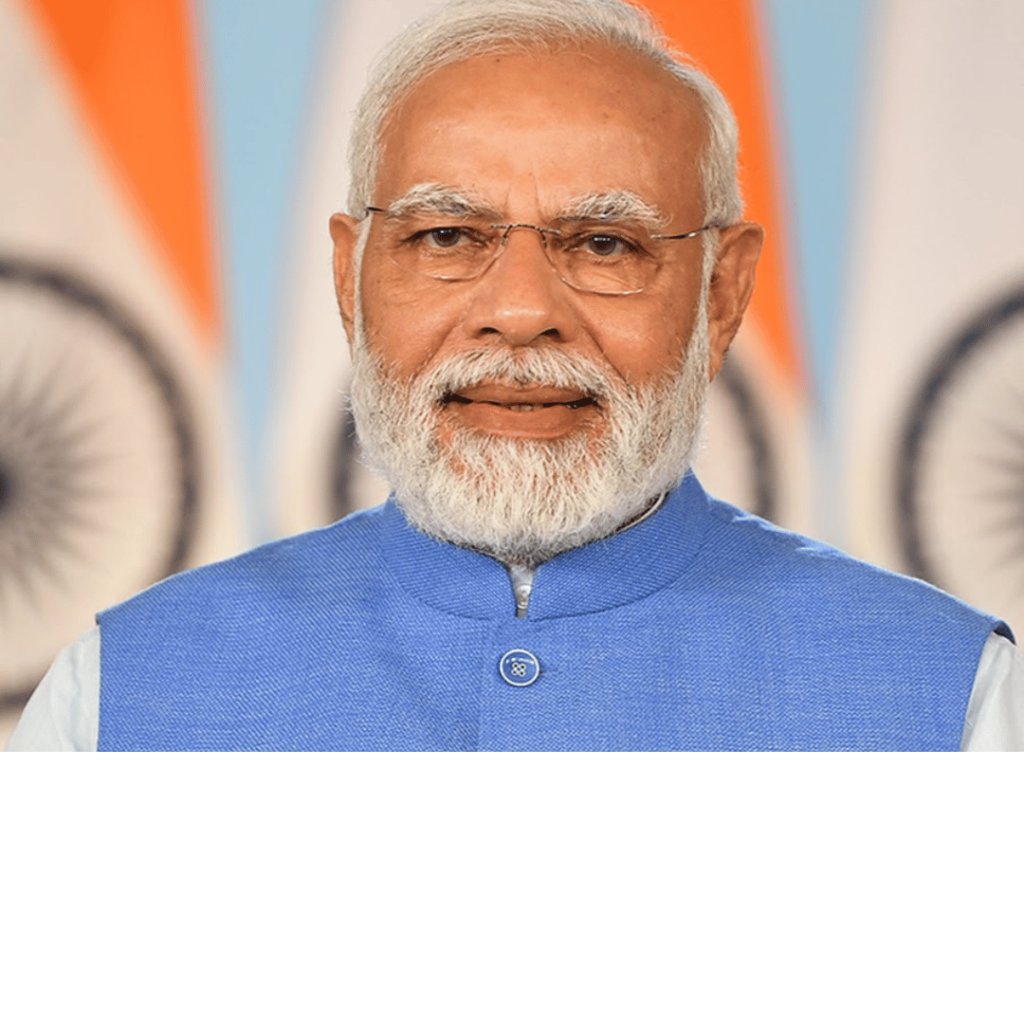
As Prime Minister, Modi has implemented several critical policies promoting economic growth and development. Initiatives like “Make in India,” “Digital India,” and “Swachh Bharat Abhiyan” have been launched under his leadership to boost manufacturing, digital infrastructure, and cleanliness respectively.
However, it is essential to note that Modi’s tenure has been subject to controversy. Critics argue that some of his policies favour specific religious groups or harm minority rights. Additionally, concerns have been raised about press freedom and human rights issues during his time in office.
Despite these criticisms, Narendra Modi remains one of the most influential leaders in Indian politics today. His popularity among the masses cannot be denied as he continues to connect with people through various social media platforms.
It will be interesting to see how PM Modi navigates challenges such as rising unemployment rates due to the COVID-19 pandemic effects on the Indian economy or ongoing tensions with neighbouring countries like China.
In conclusion,
Narendra Modi’s tenure as Prime Minister has had its fair share of achievements and controversies. Whether you support or oppose him politically, the impact he has made on Indian society cannot be overlooked.
The future holds many challenges for him, but only time will reveal what lies ahead for Narendra Modi and the country he leads.
Cricket Chronicles: Unveiling the Remarkable Records of Runs, Wickets, and Centuries
Achievements and Controversies during Modi’s tenure
Achievements and Controversies during Modi’s tenure have been subject to intense debate and discussion. On the achievement front, one of the notable initiatives has been the implementation of Goods and Services Tax (GST), which is aimed at streamlining India’s complex tax system. This move was seen as a significant step towards economic reform.
Another key achievement has been the Pradhan Mantri Jan Dhan Yojana, which aimed at providing financial inclusion to millions of unbanked individuals in India.
This initiative opened over 400 million bank accounts, ensuring access to banking services for those who previously had none.

Modi’s government also launched several ambitious infrastructure projects such as the Swachh Bharat Abhiyan (Clean India Campaign) and Made in India.
These initiatives focused on improving sanitation facilities across the country and promoting domestic manufacturing respectively.
However, controversies have yet to elude Modi’s tenure either. One controversial event that garnered international attention was the demonetization drive in 2016 when high-value currency notes were abruptly invalidated to tackle corruption and black money.
While it received mixed reactions from citizens, its impact on various sectors of the economy remains a topic of debate.
Another contentious issue is religious tensions within India during his time in office. Critics argue that under Modi’s leadership, incidents have increased in targeting religious minorities, leading to concerns about communal harmony.
The achievements and controversies during Narendra Modi’s tenure continue to shape public opinion about his leadership style and policies. It is important to acknowledge both sides while analyzing his impact on Indian society as a whole.
Future Outlook for the Indian Prime Minister position
Future Outlook for the Indian Prime Minister position
As we look to the future, the Indian Prime Minister position holds immense significance and potential. With each passing year, India’s global influence continues to grow, making it crucial for the country to have a strong and capable leader.
One of the critical challenges that lie ahead for any future prime minister is ensuring inclusive growth and development across all sectors of society.
The need to bridge the gap between urban and rural areas while addressing issues such as poverty, healthcare, education, and infrastructure will be paramount.
Another important aspect is maintaining diplomatic relations with other countries. The Indian Prime Minister plays a vital role in representing India on international platforms and forging alliances that benefit our nation economically and politically.
Furthermore, addressing climate change and environmental concerns will be critical moving forward. As one of the most significant contributors to greenhouse gas emissions globally, India needs a visionary leader who can guide us towards sustainable practices while balancing economic growth.
Additionally, technology and innovation are rapidly transforming various industries. The next prime minister must embrace these advancements by promoting digital literacy initiatives and fostering an environment conducive to entrepreneurship.
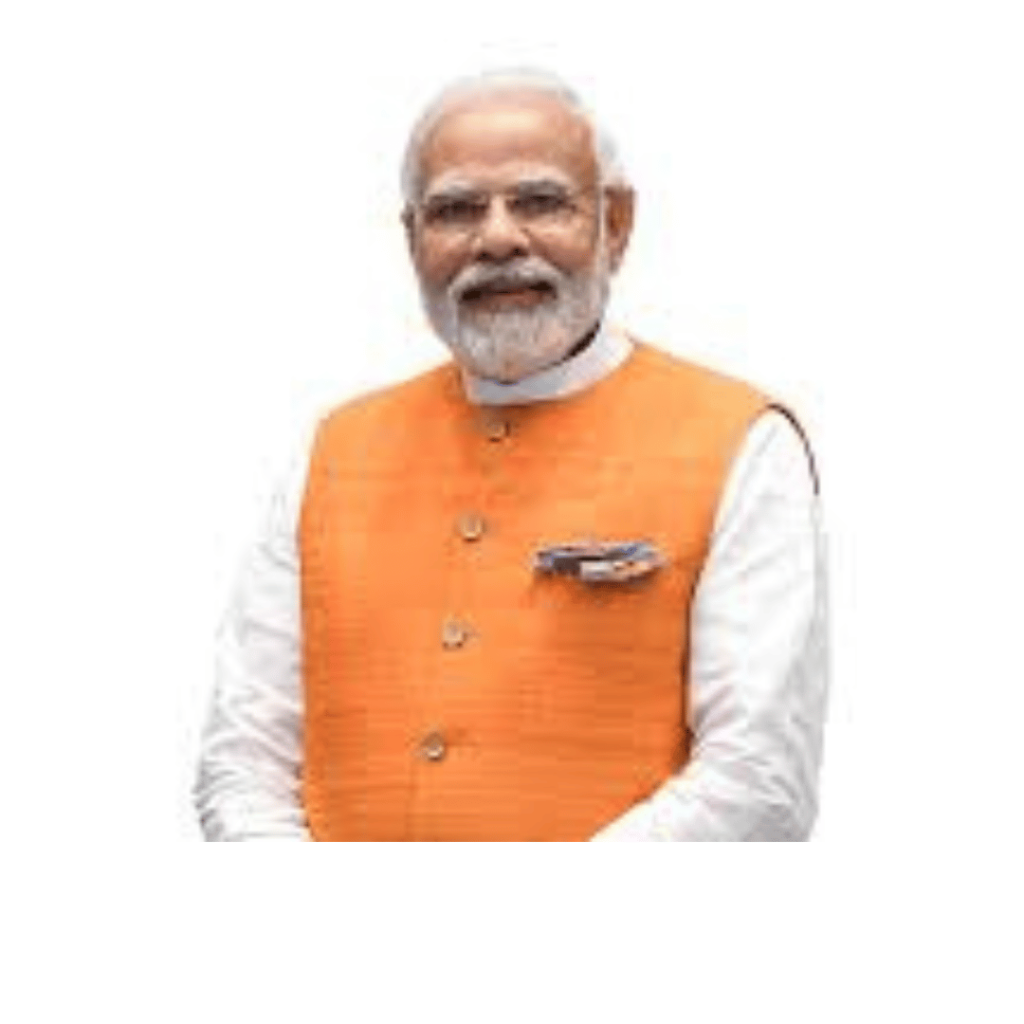
Last but certainly not least, – national security remains a top priority today. With increasing geopolitical tensions around us, our future leaders must prioritize safeguarding our borders while upholding democratic values within our nation.
In conclusion (Not conclusive), whoever assumes the role of Indian Prime Minister in the coming years faces both opportunities and challenges on multiple fronts – from socio-economic development to foreign policy decisions. It will require leadership skills and adaptability to navigate through ever-changing times effectively.
Conclusion
The position of the Indian Prime Minister holds immense significance in the country’s political landscape. Throughout history, this role has been instrumental in shaping India’s governance and policies. From Jawaharlal Nehru to Narendra Modi, each prime minister has uniquely impacted the nation.
As we have explored, the Indian Prime Minister is not just a figurehead but also plays a crucial role in leading the government, making important decisions, and representing India at national and international levels. The responsibilities that come with this position are immense and require strong leadership skills.
Looking back at some notable past prime ministers like Indira Gandhi and Atal Bihari Vajpayee, we can see their contributions towards nation-building during their respective tenures. These leaders faced challenges head-on while striving for progress and development.
Currently serving as the Prime Minister of India is Narendra Modi. His tenure has been marked by various achievements such as economic reforms, infrastructure development initiatives like the “Make in India” campaign, digitalization efforts through programs like Digital India, and foreign policy engagements including active diplomacy across nations – all aimed at transforming India into a global powerhouse.
However, it is essential to note that controversies have also surrounded his term. Issues such as religious tensions and human rights concerns have sparked debates about his style of governance.
It will be interesting to see how future Indian prime ministers continue to shape the country’s destiny. With evolving socio-political dynamics both domestically and globally along with aspirations for continued growth and development among citizens,
India needs visionary leaders who effectively address emerging challenges while upholding democratic values and inclusive principles.

